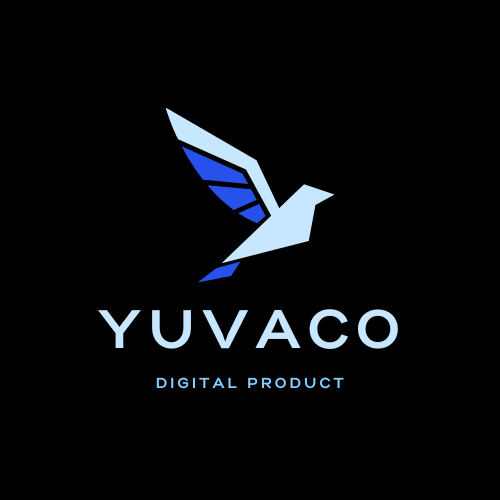
Efficient product development and management processes are essential for creating successful products and ensuring a competitive edge in the market. Here are valuable tips to optimize your product development and management processes:
1. Conduct Market Research:
Start with thorough market research to understand customer needs, preferences, and pain points. This research forms the foundation for informed product development decisions and ensures that your product addresses real market demands.
2. Define Clear Objectives:
Clearly define the objectives and goals of your product development. Establish key performance indicators (KPIs) to measure success and guide the development process effectively.
3. Adopt Agile Methodology:
Embrace agile product development methodologies that promote flexibility, collaboration, and continuous improvement. Agile allows you to respond quickly to changing market dynamics and customer feedback.
4. Involve Cross-Functional Teams:
Collaborate with cross-functional teams, including design, engineering, marketing, sales, and customer support. Involving different perspectives from various departments ensures a holistic approach to product development and a more successful launch.
5. Prioritize Features and Functionality:
Identify the most critical features and functionalities that align with customer needs and your product objectives. Focus on delivering value to customers with each iteration.
6. Conduct Regular User Testing:
Integrate user testing throughout the development process to gather feedback from target users. This feedback allows you to make informed decisions and enhance the user experience.
7. Implement Product Roadmaps:
Create a product roadmap that outlines the development timeline, milestones, and key features. A well-structured roadmap provides a clear direction for the entire product development team.
8. Emphasize Quality Assurance:
Prioritize quality assurance throughout the development process. Rigorous testing helps identify and rectify issues early, reducing post-launch complications and ensuring a smoother user experience.
9. Continuously Iterate and Improve:
Embrace a culture of continuous improvement. Regularly gather and analyze data and customer feedback to identify areas for enhancement and prioritize iterative updates.
10. Monitor Competitor Landscape:
Stay informed about your competitors’ products and strategies. Regularly analyze the market to identify gaps and opportunities for innovation.
11. Empower Decision-Making with Data:
Leverage data analytics and insights to make data-driven decisions throughout the product development lifecycle. Data provides valuable information on user behavior, performance metrics, and market trends.
12. Streamline Communication and Collaboration:
Ensure effective communication and collaboration between teams involved in product development. Utilize project management tools and regular meetings to keep everyone aligned and informed.
13. Plan for Scalability:
Anticipate future growth and scalability needs when designing your product. Consider the potential for expansion and accommodate future changes.
14. Monitor Post-Launch Performance:
Track the post-launch performance of your product using analytics and customer feedback. Monitoring post-launch metrics helps identify opportunities for improvement and informs future product iterations.
Conclusion:
Optimizing product development and management processes is a continuous journey that involves aligning customer needs, cross-functional collaboration, data-driven decision-making, and a focus on delivering value. By adopting these tips, businesses can streamline their product development efforts, improve the quality and relevance of their offerings, and ultimately achieve long-term success in the market.

Leave a Reply